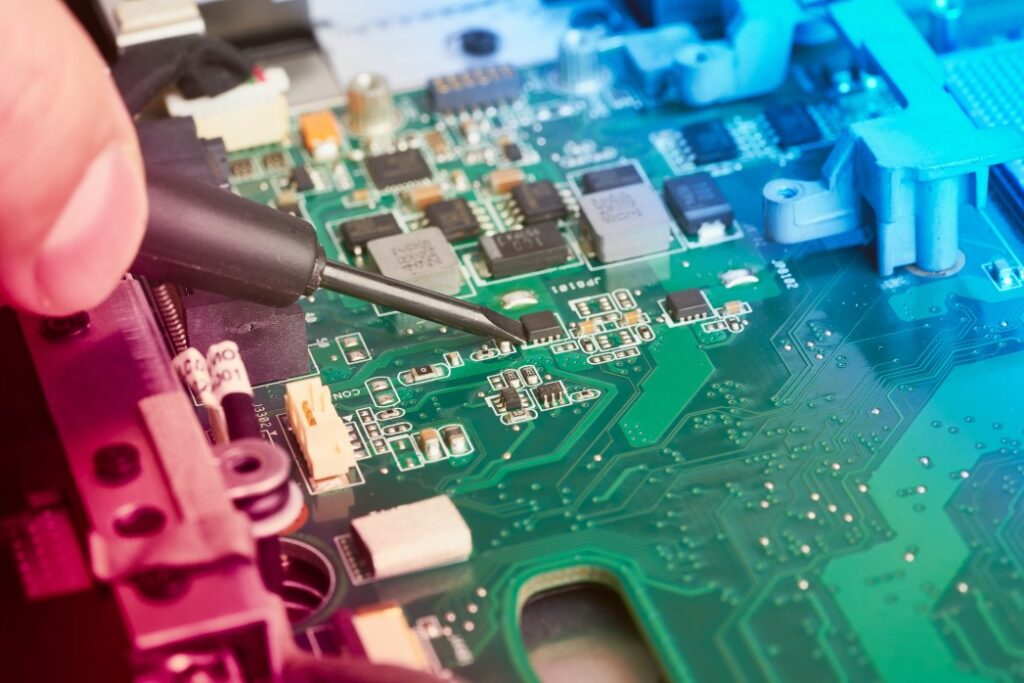What is a PCB Controller?
The most popular type of microcontroller is the PCB controller. You’ve probably heard of them. But do you know what they are? Let’s look at their Functions, Dimensions, Materials to find out more. You can also find helpful tips to help you choose the right controller for your PCB. It doesn’t matter if you’re building one yourself or buying one from a retailer; it’s important that you know what characteristics to look for.
Dimensions
PCBs are mounted in place using holes drilled in its corners. This requires that the holes are measured during the design phase. These dimensions are affected based on the final dimension, substrate thickness, available screw sizes, and other factors such as the device’s thickness. Here are some important measurements to make during the design phase. The following are some important considerations for designing your PCB. Once you have determined the dimensions, you can begin the manufacturing process.

Dimensions for the PCB controller. Printed circuit boards are critical components of industrial equipment. To power their components, they need PCB controllers. Although PCB controllers are designed in generic specifications, they are still a crucial component. These dimensions can help you choose the right controller for your application. Depending on their function, PCB controllers can perform a variety of functions. Some of the most common ones are used in electronic devices, such as a payment machine controller.
Function
A PCB controller, an important component of a circuit board, is a chip that controls various electronic devices. These chips have generic specifications and are often built on a PCB. A PCB controller can be used for many purposes, including a simple payment machine or a complex electronic system. Learn about the functions of these controllers if you are looking for the right one for your application. Read on to discover how PCB controllers work.
A PCB controller is vital for proper operation of any electronic device. It controls the flow of power in a circuit. It may also include other components that perform specific functions. A variety of components make up a PCB controller, including microprocessor ICs (capacitors) and other components. The controller switches control the flow and distribution of electricity in the circuit to ensure that appliances are powered up properly. Other components on the circuit board, in addition to controllers on the PCB, can also play a role controlling electricity.
Materials
A multilayer architecture is becoming more popular because of the need for higher frequency performance and smaller form factors. One problem with the current PCB materials is that they aren’t very thermally efficient. This can be a major problem in applications where heat plays a crucial role. Here are some suggestions to help you choose the right materials for your PCB controllers. This application is best suited for PCBs made of polyimide.
PTFE is a versatile material with many benefits. It has low dielectric loss and low electrical signal loss. PTFE is a great material for high speed PCBs because of its properties. Another material option that can be used for PCBs is FR-4. This material is very inexpensive and is often used in PCB controllers. You can use rogers materials to improve the electrical properties or performance of your PCB controller.
Design
A PCB controller plays an important role in the production of many electronic devices, including industrial machines. Its design is generally standardized to meet a variety of specifications. Its properties make it ideal to be used in many applications. This article will cover the design and importance of PCB controllers. Here are some examples. You can choose the right PCB controller for your application by looking at the design of these controllers.
General-purpose PCB controllers are useful in harsh electrical environments. They allow you to remove important components from the rest and replace damaged modules with newer versions. General-purpose PCB controllers are ideal for a single-circuit-board design and are typically secure to an industrial enclosure or terminal rack. There are many steps involved with PCB controller manufacturing, regardless of the application. Listed below are the main steps.